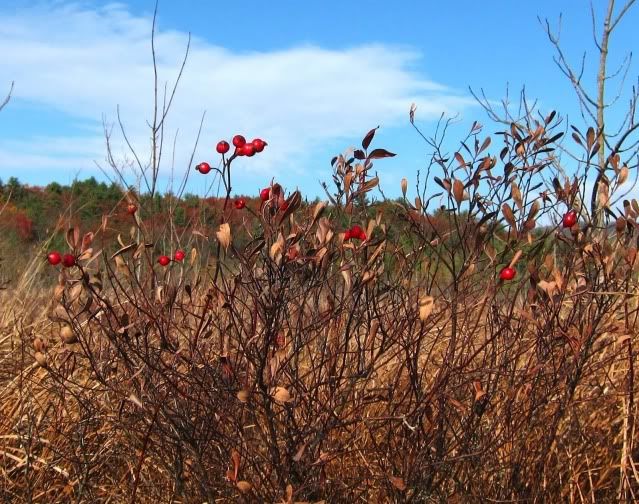This time of year is a good time to walk those cattail slews and get a sense of how good your habitat is. I walked mine a few weeks ago and found many areas that have short sedge grass instead of cattail and was wondering if I can improve my pheasant wintering habitat by planting cattail or other wetland species. Is there anything I can plant (broadcast seed or other approach) that would improve my wetland habitat for winter cover? Can you buy cattail seed?
Any advice is greatly appreciated.
Thanks.
Any advice is greatly appreciated.
Thanks.

